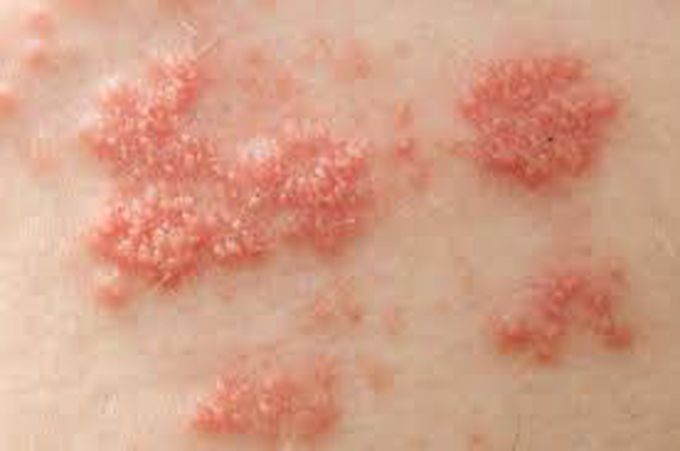

Iqraalmost 2 years ago

Postherpetic neuralgia (PHN) is a complication of shingles infection (also called herpes zoster). Shingles is caused by the reactivation of the varicella-zoster virus, which is the same virus that causes chickenpox. Shingles causes a painful, blistering rash and other symptoms. The rash most commonly occurs in a band pattern on one side of your body, usually on your trunk (central core of your body). The rash turns into blisters. As the rash/blisters go away, pain may remain. When pain remains, the condition is called postherpetic neuralgia.
Postherpetic neuralgia (PHN) results from damage to nerve fibers during shingles infection. The nerve fibers at the skin in the affected area send exaggerated pain signals to your brain. Postherpetic neuralgia means nerve pain after herpes. Shingles is also called herpes zoster. Shingles is caused by the varicella-zoster virus, the virus that causes chickenpox. Once you’ve had chickenpox, the virus remains in your body for your entire life, but is dormant or “silent” for years. When the virus becomes reactivated, it causes shingles. A certain percentage of people (< 20%) who get shingles develop PHN.
Other commentsSign in to post comments. You don't have an account? Sign up now!

